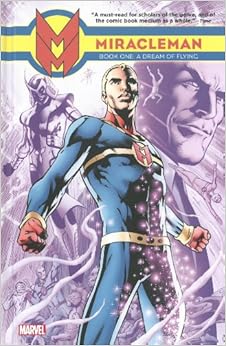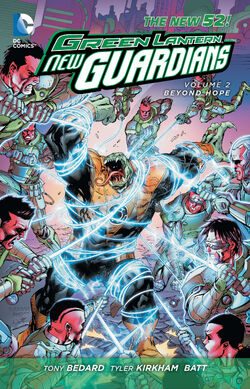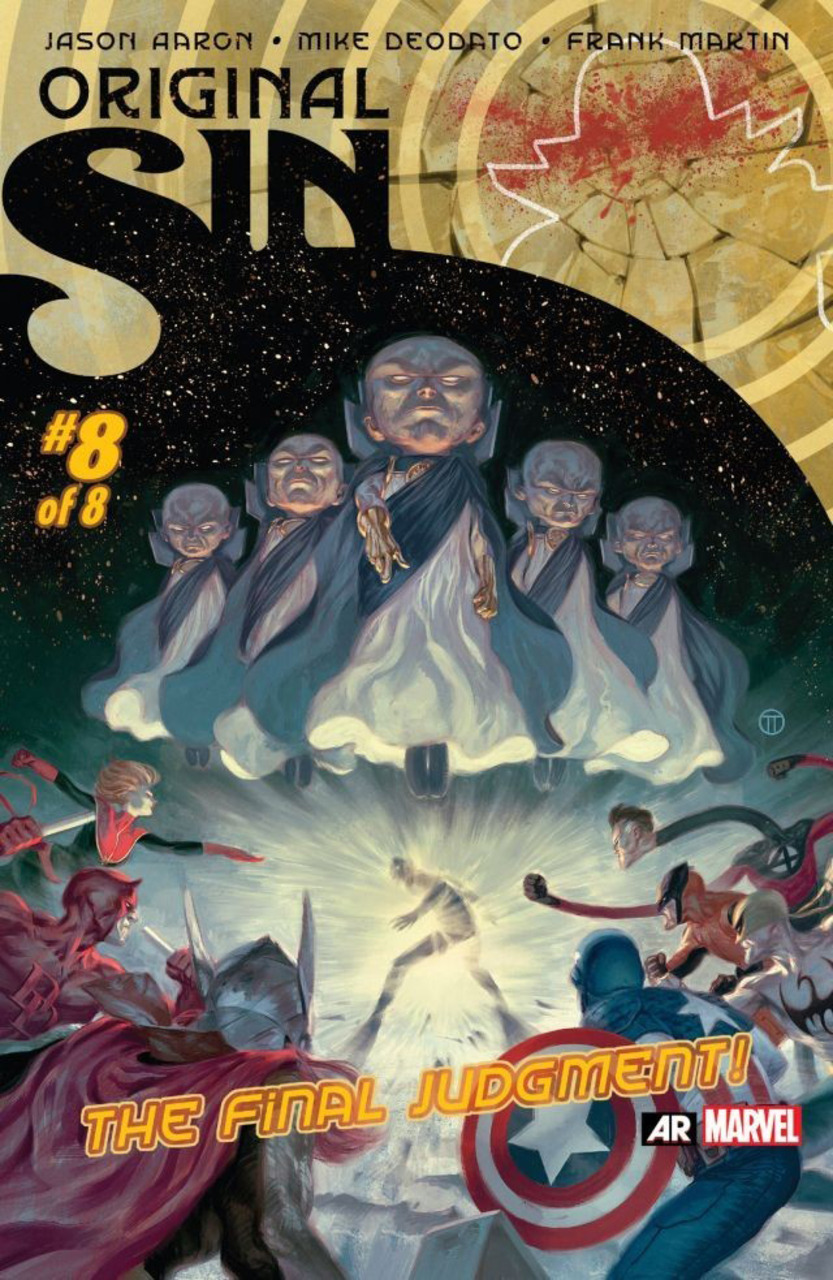(MILD SPOILERS FOR SEASON 1 BELOW)
(I HAVE NOT SEEN SEASON 2, SO NO SPOILERS FOR ME, PLEASE!)
Many of my friends have been pressuring me to watch this
show for months. I was avoiding it for a couple reasons. First of all, it is on
the CW, and I don’t think I’ve ever watched a show on that network. Second of
all, regular readers know I’m not too pleased with DC Comics these days. My
interest in their monthly periodicals is at an all-time low, so I couldn’t see
getting interested in a show featuring Green Arrow. Even worse, while I like
Oliver Queen just fine, Connor Hawke has always been my preferred GA, so I didn’t
think I’d be interested in the show at all.
It turns out; I do still like the DCU. A lot. From the
obvious stuff; like Helena Bertinelli’s transformation into the Huntress. Or
the near-constant comic book references (Ted Kord fundraisers, The Winick
Building, etc.), this is a show made by folks who really know the comic book
universe. There is still a little bit of comic book shame, of course. When
presented with the name “Green Arrow,” Oliver Queen pronounces it “lame.”
Instead, the series refers to him as The Hood. Count Vertigo and the Royal
Flush gang are here, but in a made for TV way. Can’t get too silly now!
Show runner Marc Guggenheim has written some good comics,
and boy, he’s making sure that this show proves that he knows his stuff. I
could sit here and list characters, concepts, and settings from the comics, but
honestly? For those of you who haven’t seen the show, I want you to see it
yourselves.
Don’t get me wrong; this is still a CW show. Stephen Amell’s
Oliver Queen seems to have one contractually obligated shirtless scene per
episode. I’m not even kidding. The guy works out, gets chained up, and gets all
sweaty at least once a week, often on an insane piece of workout equipment
called a salmon ladder. I didn’t even know such a thing existed, but man, Amell
does. Most of the workout scenes and many of the fights are clearly Amell
himself, not a stuntman. Props where it is due, that guy is as dedicated to
staying in shape as a real vigilante. Even better, by the end of season 1 he
seems to be pretty comfortable in the Hood’s shoes.
I watch shows for the action, but I am a sucker for good
romantic triangles and relationships. While Katie Cassidy isn’t great as Laurel
Lance, she gets better as the season goes on. Interestingly, Lance’s character
is at its strongest once she’s not spending every week being grumpy with Oliver
Queen. By the time Colin Donnell’s Tommy Merlyn makes the situation a true romantic
triangle, I found myself interested in the outcome.
One fascinating thing about the show is the split of
characters and worlds. The Hood is doing the vigilante thing with the help of
some supporting characters (no spoilers). Meanwhile, Laurel, her Dad Detective
Lance, and Tommy, along with the Queen family (sister Thea, father Walter, and mother
Moira) are making Ollie Queen’s life complicated in a more CW kind of way. (Did
I mention that Thea’s nickname is “Speedy?” Worth noting?) Almost the entire
cast starts the season a bit wooden, with the show really feeling cheap and
teen-soapy. That changes as the season goes on. As the characters really dig
into their roles, things get a lot stronger (in both plot and acting).
In particular, David Ramsey as Oliver Queen’s bodyguard
Diggle (get the reference?) is a delight as he gets to know Oliver as the
season wears on. Ramsey has a great rapport with Amell. Their interaction lends
a great buddy-movie quality to the proceedings as Diggle becomes a near-Alfred
type buddy for Green Arrow. He’s the rare television invention that I would
love to see in the comics.
The special effects vary wildly from episode to episode. If
there is a motorcycle or car chase, you can guarantee that people are wearing
helmets or keeping their faces out of the frame. Sometimes the explosions look
a bit too CGI. At other times, the explosions and gunfire look very realistic.
From episode 1 on, the effects of the Hood’s bow are top notch. The bowstring snaps
like a gunshot and the darting arrows zip through the air in convincing
fashion.
This is not fine television. This isn’t The Wire or even
LOST. But it is a fun, pulpy super-hero show that remembers its roots while
serving a modern TV audience. This show is GOOD!
SPOILERS BELOW:
I haven’t gone into detail, but man, I am very, very excited
to see more Manu Bennett as Slade Wilson/Deathstroke the Terminator. I’m
confident I’ll see Deathstroke in Season 2!


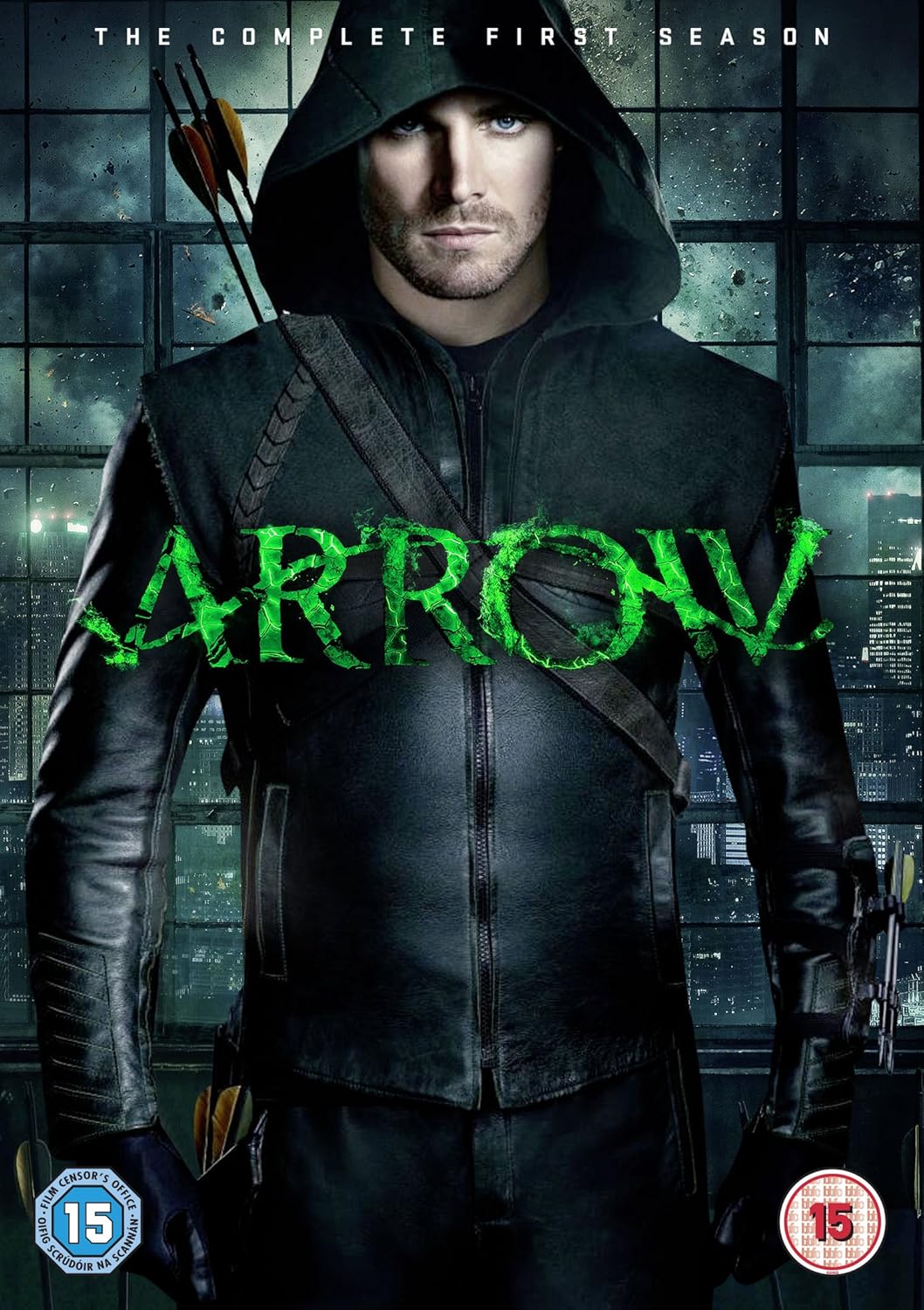

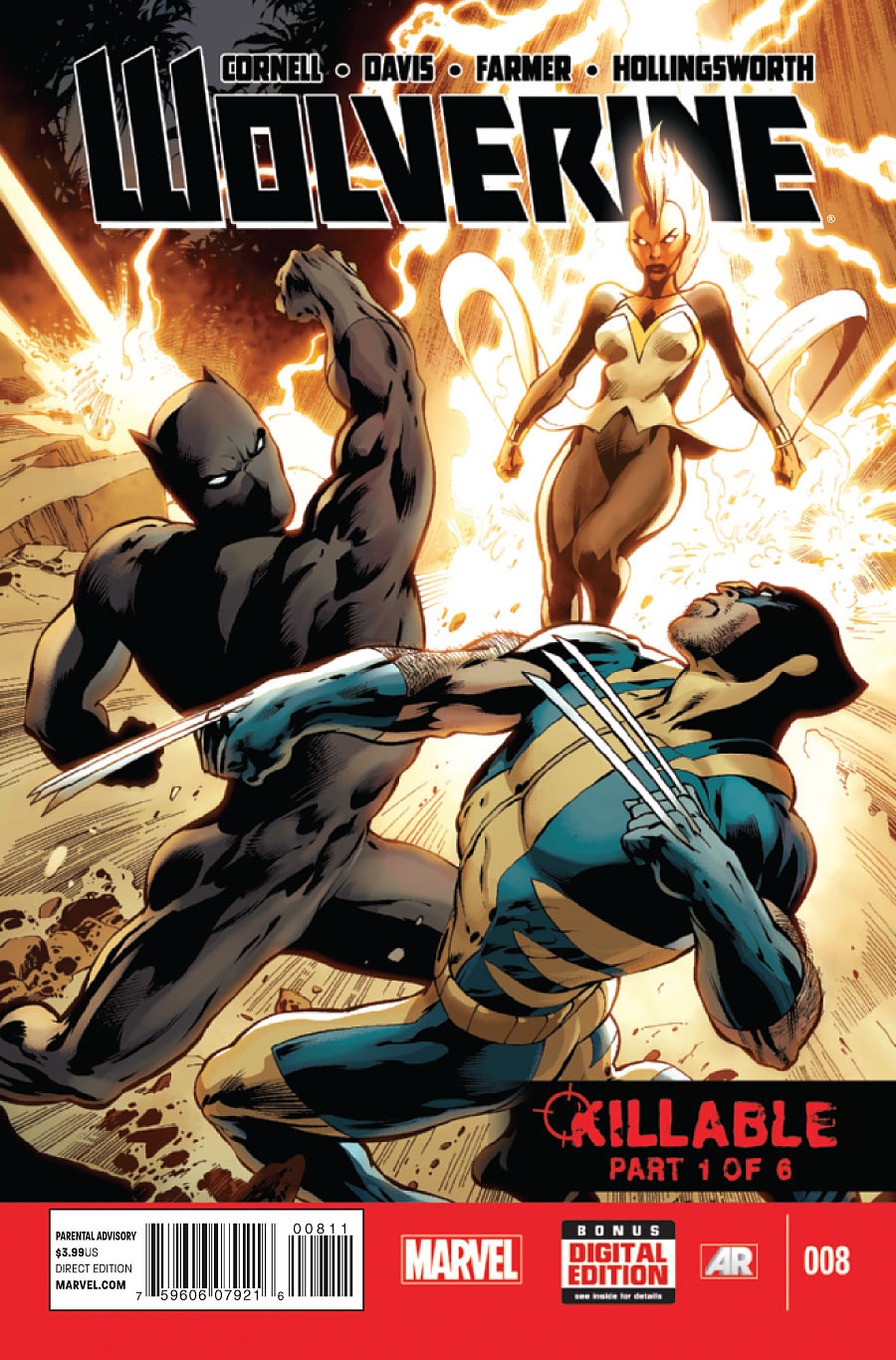



.jpg)
